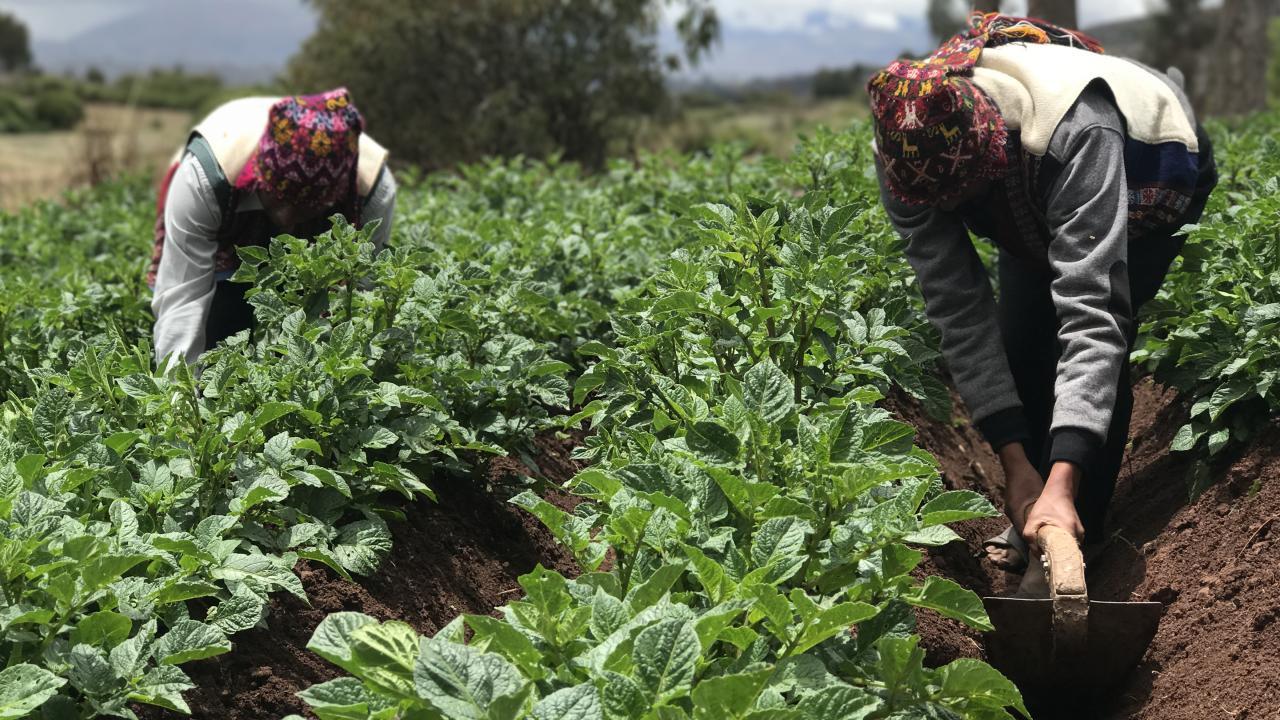
Index Insurance: Where We’ve Been and Where We Need to Go
Just before the holidays, I found myself unexpectedly on a plane (three planes, actually) to Bangladesh. Like many of the other places I traveled in 2017, Bangladesh depends on agriculture for livelihoods, and agriculture depends on highly variable weather. Without innovations designed to reduce risk to enable growth, farmers are left reliant on traditional strategies that stifle potential, including avoiding high-risk, but high-return productive investments.
I had been invited to Dhaka by the International Food Policy Research Institute to participate in the event, "Research for Agricultural Insurance: A Regional Dialogue." The event brought together academics, the private sector and the public sector for open conversations about successes to date with agricultural insurance in the region, the challenges that remain, and some innovative solutions that are being developed.
It also allowed for learning from colleagues around the region. As chief guest, Wais Kabir, Executive Director, Krishi Gobeshona Foundation, said, “We must get the experience of other similar economies, learn from their experiences, then we can start taking up these schemes into our production system."
I, along with colleagues from IFPRI, presented on the complementarity of agricultural index insurance and climate smart agriculture. I drew on lessons from the an impact evaluation the AMA Innovation Lab is conducting in Tanzania and Mozambique that couples two risk mitigation technologies: drought-tolerant maize varieties and agricultural index insurance.
This may initially seem slightly out of context in South Asia, but given the severity of flooding in Bangladesh and much of the rest of the region this past year, it is clear that more than stress resistant seeds are needed. Flood tolerant seeds - such as those frequently promoted and used in Bangladesh - are flood tolerant, not flood-proof. This leaves smallholder farmers without protection during the most extreme events, which is where agricultural insurance can help to fill the gap by working when stress tolerant seeds fail.
This promising research is moving forward to determine whether index insurance and stress-tolerant seeds together can have a greater impact on the welfare of smallholder farmers than either can alone. As Kabir noted in his introductory presentation, research-based crop insurance is coming into the limelight in decision making.
Stepping back and looking at the broader objectives of bridging gaps between research and policy, Pranav Prashad from the International Labor Organization’s Impact Insurance Facility discussed how research can contribute to advancing high-level anti-poverty objectives, such as the Sustainable Development Goals (SDGs).
"We certainly believe that research can actually contribute to all of these,” he said, “by acting as a voice of conscience by actually telling implementing organizations what is right, what are the opportunities for improvement, what more needs to be done."
The wealth of experience in the room was self-evident in the discussion. Many in the room had been working in agricultural index insurance in South Asia for many years before it really took foothold.
“Suddenly we have a lot of interest, we have a lot of stakeholders coming forward,” said Priya Kumar, senior vice president of the Rural & Agri Business Group with HDFC Ergo General Insurance Company Limited. “This is a welcome change, and obviously an outcome of all the good work that a lot of us in this room contributed to."
However, despite the evidence of progress, the drive to improve and constantly innovative new ways to do better with agricultural insurance was equally evident. As said by the last session chair, A.M.M. Shawkat Ali, former agriculture secretary to the Government of Bangladesh, "We have learned a lot, but we need to unlearn a lot, too."
Tara Chiu is the assistant director of the AMA Innovation Lab.
